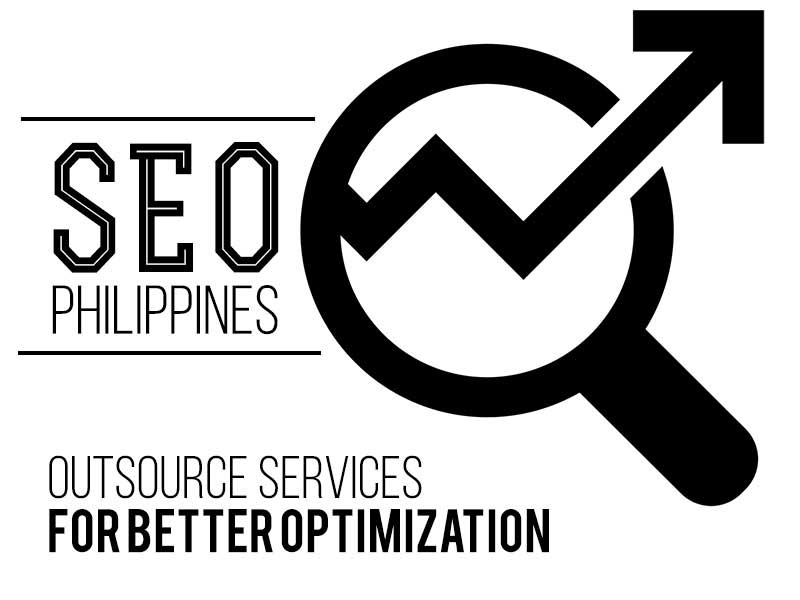
The Importance of Understanding Your Website Niche
Real quick, think of your favorite website. Do you have one? If you have one, what’s your favorite thing about it? Is it its graphics? Or maybe it’s the written content featured in it. Perhaps you like that it updates regularly with new videos, or that they have occasional sales announced ahead of time, or they feature guest contributors with street cred.
Whatever the reason, you’ve invested some loyalty to your favorite website, either through regular visits or purchases made through their shopping page
There’s a reason why you’ve developed an emotional investment in these websites, and it’s because, whether by accident or by design, the people behind the website have found their niche.
In today’s article, we’re talking about why this is important from a digital marketing perspective.
UNDERSTANDING AUDIENCE TARGETING
Effective websites are, more often than not, the result of clever audience targeting.
Audience targeting, in essence, is profiling your ideal audience and building a marketing strategy based on this profile. This sounds easy enough, but audience targeting is a tricky strategy to implement in your marketing campaign. This is because when it comes to digital advertising, the user controls their media consumption – you can’t bombard them with 30-second jingles like you can with television or radio advertisements, or interrupt their line of sight with large billboards.
With digital media, especially media published on the internet, the individual user curates their space; if they don’t want to see your ad, they will find a way to block it or otherwise keep it out of sight. With audience targeting, you’re appealing to the user to let you into their space – which is why the audience profile is very important.
With an audience profile, you can appropriately target your campaign to the people who want to see your ads, or at least want to see ads about products or services similar to your business. Audience targeting makes you ask: is my product reaching the audience I want it to reach? If it does, is the audience responding the way I want them to? If not, who are the people my product is reaching?
THE PSYCHOLOGY OF AUDIENCE TARGETING
Traditional marketing practices aim to reach as many people as possible. With digital marketing, the hierarchy is reversed – the more personalized you can make your advertising, the more effective it likely will be.
There’s some psychology that goes into it, of course, whether it’s from color selection in your ads to the kind of language you use in your copy. If you’re aiming for the millennial crowd, your strategy needs to be to the point. If you’re aiming for CEOs, you need to present your brand as a professional, timeless identity. Similarly, if you’re targeting homemakers, your brand identity should be relatable to their family values.
It’s not all about age or professional demographics, either. Playing into interests often yield better results, when it’s implemented smartly. Technologies like Wacom and Huion have effectively cornered their industry in visual arts by focusing their marketing in nurturing a sense of community. Similarly, brands like Lululemon and Under Armour have garnered loyalty from their respective niches in the athleisure apparel industry through their brand identities.
WHO IS YOUR BRAND?
To cut the long story short, you want your brand to have an identity that your target audience can relate to. Without this, your audience targeting goes nowhere – your ad will just be one among the many others that are closed without even a proper look.
Before embarking on a digital advertising campaign, you need to know your brand inside and out, and be able to identify it with ease – if the marketing team can’t do this, how will they be able to communicate your brand identity to the target market? Remember, you’re targeting people who are already predisposed to being interested in your product, and there are a hundred other brands vying for the same attention.
IN SUMMARY
For audience targeting to be effective, developing your brand’s identity is key. Your brand and website will fail if they put on several faces all at once, especially if these faces are not unified or don’t have any commonality between them.
Similarly, audience targeting can help refine your brand’s identity by pointing out the superfluous or undesirable elements of your branding – after all, if your audience responds unfavorably to an element of your branding, why keep it?
To sum it up: having a clear, identifiable brand gives your business the tools it needs to be effectively marketed. In order to effectively market your brand, though, you also need to know who your market should be. Together, these two factors should drive the core of your marketing strategy towards a unified front.
Marketing through digital avenues doesn’t have to be complicated. Having a clear picture of where you want your marketing to lead you and who you plan to advertise to is already half the battle. Delve into your branding’s identity and connect with the audience waiting for you – start as soon as today!
What do you think about today’s article? Let us know in the comments!



